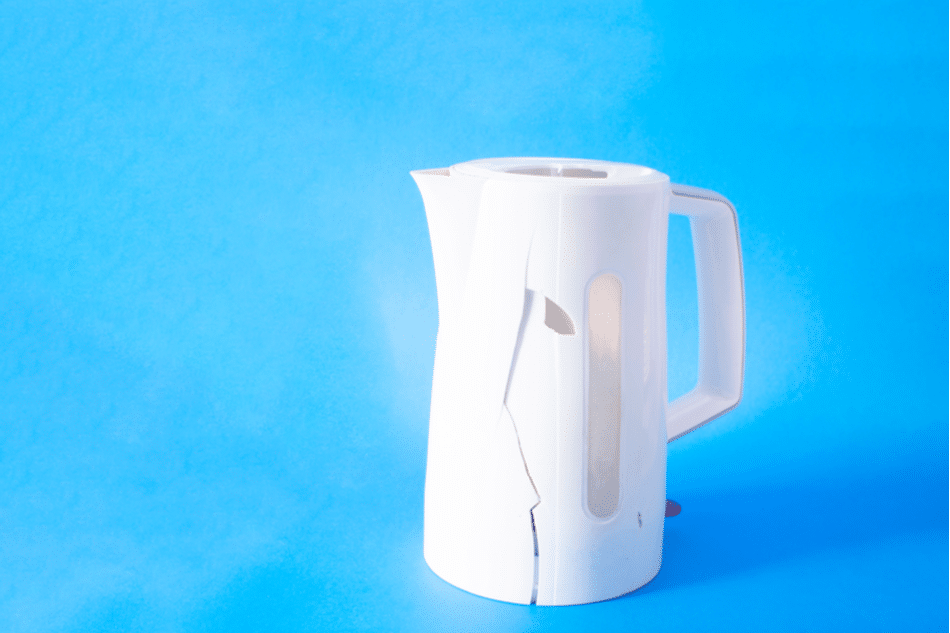
Self-repairing plastic soon to become reality thanks to Japanese scientists
The future of better plastics is here! A team of researchers in Japan has developed a type of plastic that can repair itself. It could be used in smartphones, cars, and many other applications, reducing the amount of plastic that ends up discarded and polluting the environment. Repairing Read More...
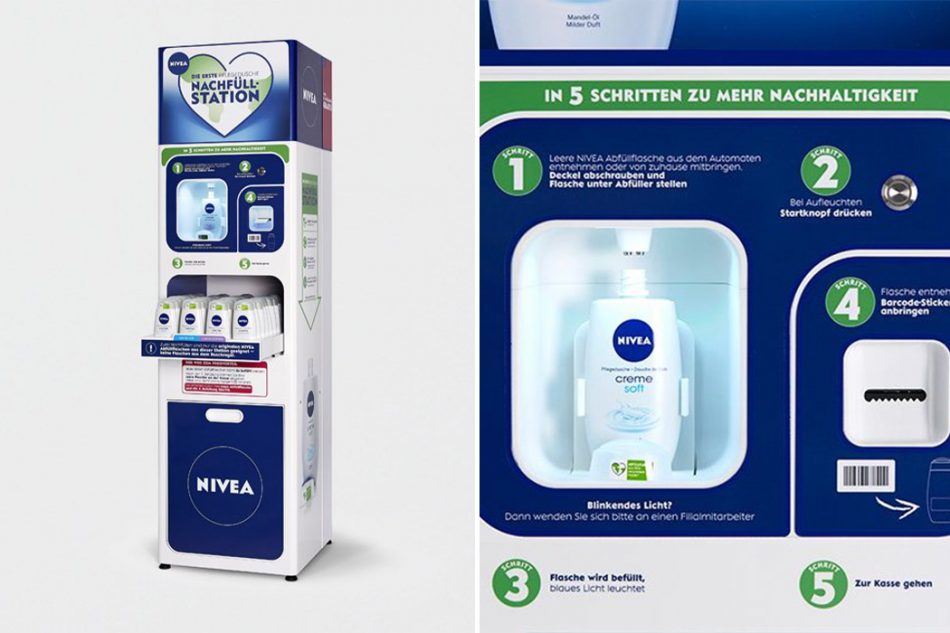
Nivea is testing a refill station in Germany that aims to reduce plastic waste
One of the most effective ways to close the tap on plastic pollution is to reduce the material’s production in the first place. Reusable packaging plays a key role here since it allows for a product to be consumed over and over again without the need for unnecessary single-use plastic. To Read More...
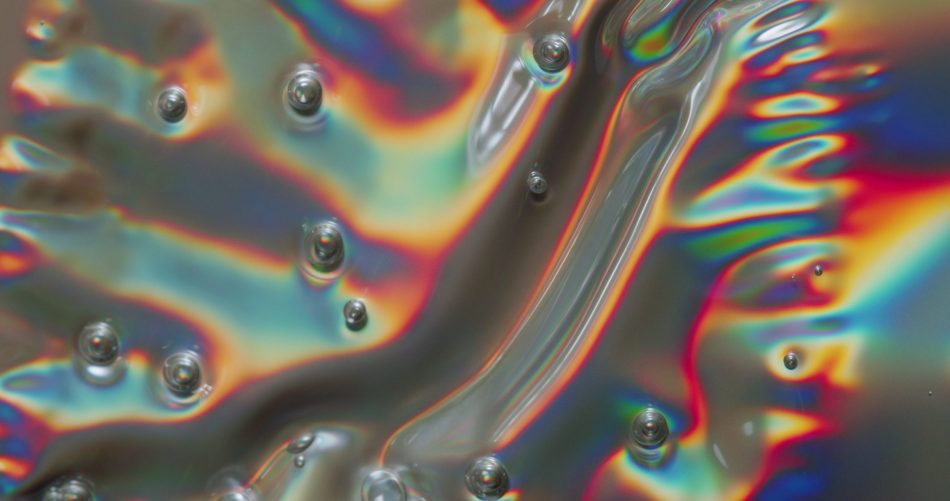
New durable bioplastic can withstand hot food and beverages
When compared to conventional plastics made out of fossil fuels, bioplastics definitely have an upper hand in terms of environmental impact. But there are still some shortcomings associated with these materials, one of them being their low stability when subjected to high temperatures. Thanks to Read More...
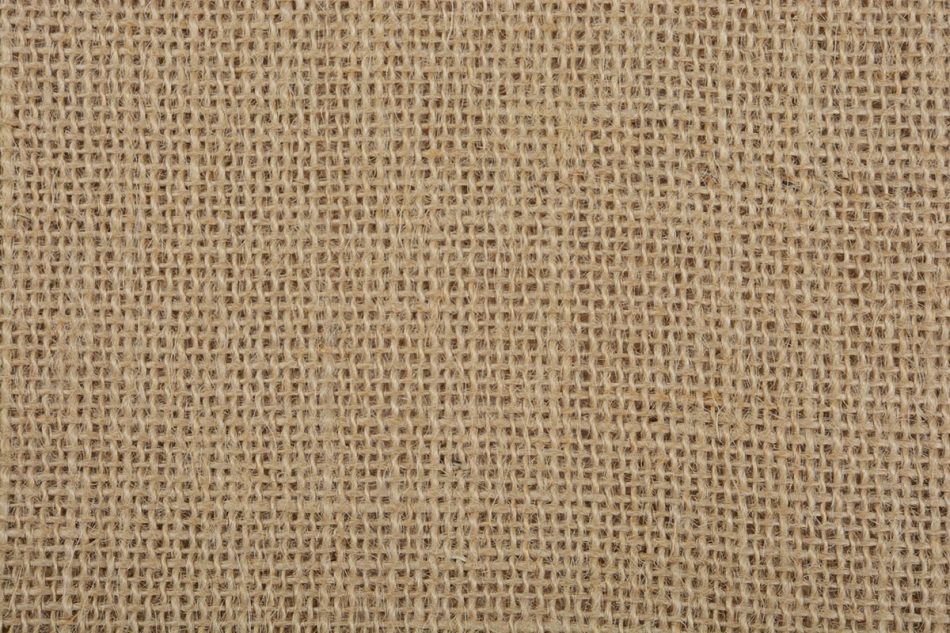
Why jute is one of the most promising alternatives we have to plastic
Even though we’re aware of the awful effects of plastic pollution, the detrimental environmental phenomenon continues today. Part of the problem is that plastic is such a durable, accessible material that can be used for a wide range of things such as shipping and packaging. Despite this, we know Read More...

Scientists have come up with a plant-based alternative to Styrofoam
Of all the types of waste that pollute our planet, styrofoam is one of the absolute worst. That’s because unlike many types of waste that take decades or even centuries to degrade, styrofoam never degrades. And to make matters worse, it’s made out of petroleum and creates pollution when Read More...

Scientists are feeding excess clean energy to microbes to produce bioplastics
We all know that petroleum-based plastics are destroying our planet, but what we don’t always realize is that not all plastics that are called biodegradable are benefiting the planet. For instance, it can cost a whole lot of money and energy to produce plastics that are called Read More...
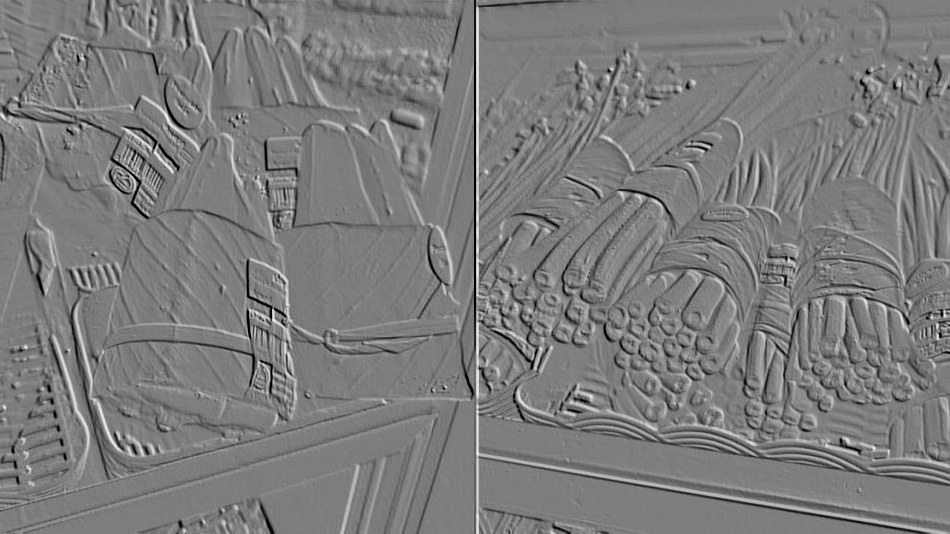
Wrapping produce in banana leaves is becoming a trend in Asia
A few weeks ago, we wrote about a supermarket in Thailand that had a surprisingly simple solution to plastic packaging: banana leaves. Instead of wrapping goods such as cucumbers and lettuce in plastic, the store simply used leftover banana leaves. A local real estate person spotted the Read More...


